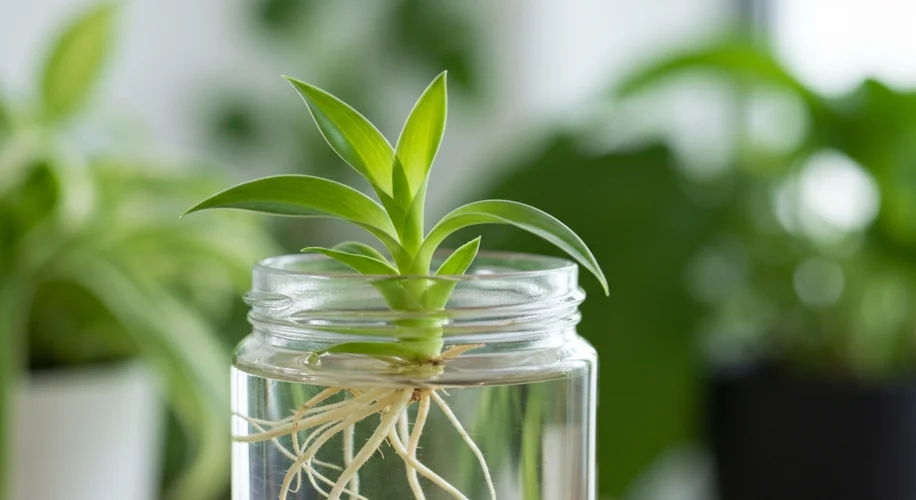I recently got a wonderful message from a reader who was absolutely thrilled with the sheer number of babies her spider plant had produced. It got me thinking – there’s a real joy in watching our plants not just grow, but multiply! And the best part? Sharing that abundance with others. Today, I want to dive into the simple, rewarding process of plant propagation, using those prolific spider plant offsets, often called ‘pups’ or ‘spiderettes’, as our prime example.
Spider plants (Chlorophytum comosum) are fantastic for beginners, and their ease of propagation is one of the main reasons why. These charming plants send out long stems, and at the ends, you’ll find those little plantlets. They’re essentially miniature versions of the parent plant, already equipped with tiny roots.
How to Propagate Your Spider Plant Babies
It’s surprisingly straightforward. When you see those pups forming, and especially when they’ve developed a few leaves and maybe even some visible roots dangling beneath them, they’re ready to be separated.
- The Cut: Using clean scissors or a sharp knife, carefully snip the stem connecting the pup to the mother plant. Try to cut as close to the pup as possible without damaging it.
- Water Propagation: This is my favorite method for spider plant pups because it’s so visually satisfying. Simply place the pup in a small glass or jar of water. Make sure only the stem and any roots are submerged, not the leaves. Change the water every few days to keep it fresh and prevent rot.
- Root Development: In a week or two, you should start to see more roots forming in the water. Keep it near a bright window, but out of direct, harsh sunlight.
- Planting Time: Once the roots are about an inch or two long, your new plant is ready for soil. Choose a small pot with good drainage and fill it with a standard potting mix. Gently plant the pup, ensuring the roots are covered. Water it thoroughly after planting.
- Care for Your New Plant: Keep the soil consistently moist for the first few weeks as the new plant establishes itself. After that, you can care for it just like you would a mature spider plant – bright, indirect light and allowing the soil to dry out slightly between waterings.
Why Propagate?
Beyond the thrill of creating new life, propagating plants like spider plants offers so many benefits. It’s a fantastic way to expand your indoor jungle without spending extra money. It’s also a wonderful way to connect with nature on a deeper level, observing the life cycle firsthand. And, of course, there’s the joy of sharing these little green gifts with friends, family, or fellow plant enthusiasts. Imagine gifting a little spider plant starter to a neighbor – it’s a simple gesture that can bring a lot of green cheer.
So, if your spider plant is currently in its ‘baby boom’ phase, don’t hesitate to get your hands dirty. It’s a simple process that yields beautiful results, and it’s a perfect way to spread a little bit of green goodness around.

